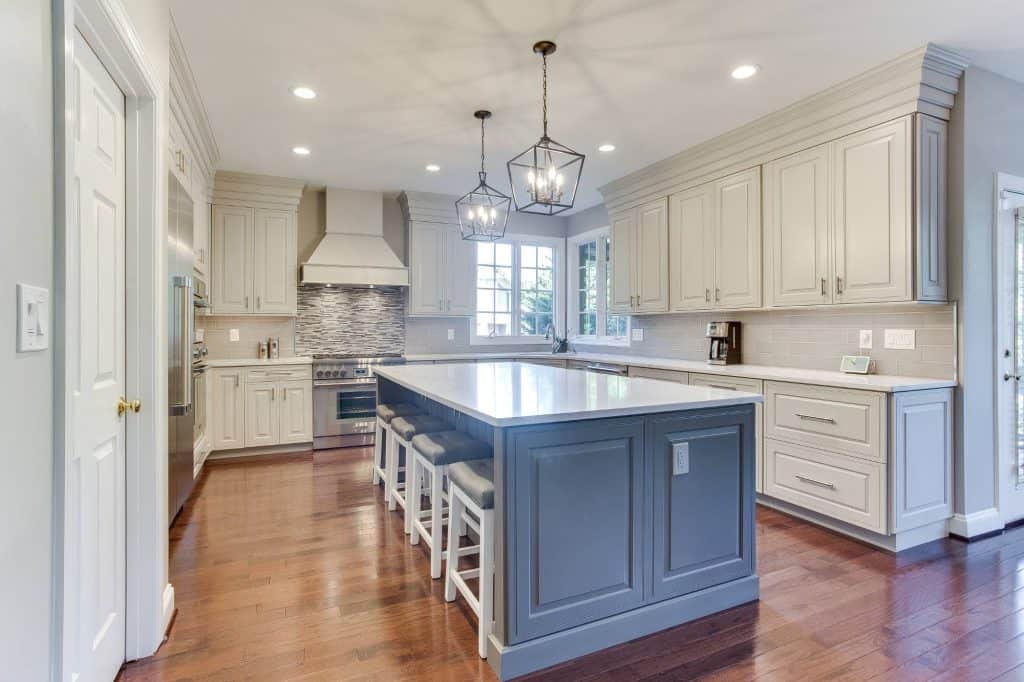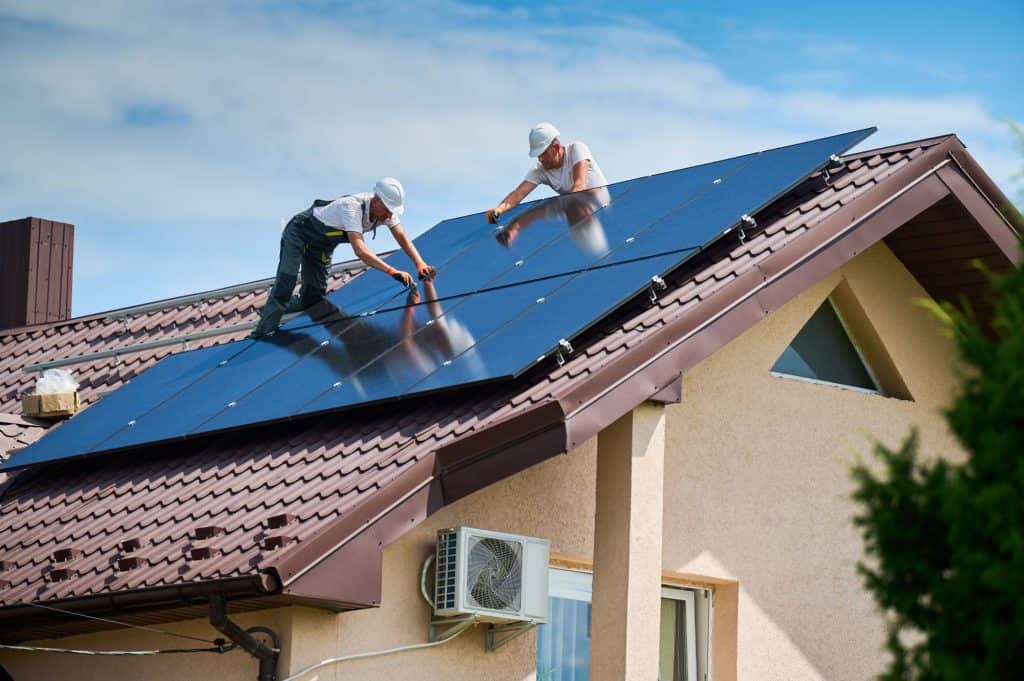Incorporating energy efficiency into your home remodel isn’t just an environmentally conscious decision; it’s also a smart financial move. Energy-efficient upgrades can significantly reduce your utility bills and increase the comfort and value of your home. Whether you’re undertaking a minor update or a major renovation, there are numerous ways to enhance your home’s energy efficiency. Here’s a guide to making smart choices for your next remodel.
1. Upgrade to Energy-Efficient Windows
Replacing old, drafty windows can have a dramatic impact.
- Double or Triple Pane Windows: These provide better insulation than single-pane windows, keeping your home cooler in summer and warmer in winter.
- Low-E Coating: Windows with low-emissivity (Low-E) coatings reflect infrared light, keeping heat inside in winter and outside in summer.
2. Improve Insulation
Proper insulation is key to energy efficiency.
- Attic Insulation: Heat rises, so improving insulation in your attic can prevent significant heat loss.
- Wall Insulation: Consider adding or upgrading wall insulation during a remodel, especially in older homes.
3. Install Energy-Efficient Appliances
Upgrading to newer appliances can reduce energy consumption.
- Energy Star Appliances: Look for appliances with the Energy Star label, indicating they meet energy efficiency guidelines set by the U.S. Environmental Protection Agency.
4. Incorporate Smart Home Technology
Smart home devices can help manage energy usage.
- Smart Thermostats: These devices learn your habits and adjust heating and cooling for optimal energy use.
- Automated Lighting: Use motion sensors or smart systems to control lighting, ensuring lights aren’t left on unnecessarily.
5. Use Sustainable Materials
Choose materials that are both eco-friendly and energy-efficient.
- Recycled or Sustainable Building Materials: Materials like bamboo, cork, and recycled glass are sustainable and can be energy-efficient.
- Low-VOC Paints and Sealants: Reduce indoor air pollutants and improve indoor air quality.
6. Consider Solar Panels
Solar panels can significantly reduce your reliance on grid-supplied electricity.
- Roof Assessment: Ensure your roof is suitable for solar panels in terms of structure, angle, and sun exposure.
- Battery Storage Systems: Consider pairing solar panels with a battery storage system to maximize the use of solar energy.
7. Upgrade to LED Lighting
LED lighting is more energy-efficient than traditional bulbs.
- Longer Lifespan: LEDs last significantly longer than incandescent or CFL bulbs.
- Less Heat Emission: LEDs emit less heat, reducing cooling needs in warmer months.
8. Energy-Efficient Water Systems
Reducing water use can also save energy.
- Low-Flow Fixtures: Install low-flow toilets, showerheads, and faucets to reduce water usage.
- Tankless Water Heaters: Consider on-demand or tankless water heaters that heat water only as needed.
9. Optimize Heating and Cooling Systems
An efficient HVAC system can drastically cut energy costs.
- Regular Maintenance: Keep your HVAC system well-maintained for optimal efficiency.
- Upgrade to High-Efficiency Systems: If your HVAC system is old, upgrading to a more efficient model can be beneficial.
10. Audit and Monitor Energy Usage
Conduct an energy audit before and after your remodel to understand and monitor your home’s energy usage.
By integrating these energy-efficient upgrades into your remodeling project, you can create a more comfortable, sustainable, and cost-effective home. These improvements not only benefit the environment but also enhance the long-term value and functionality of your property.








